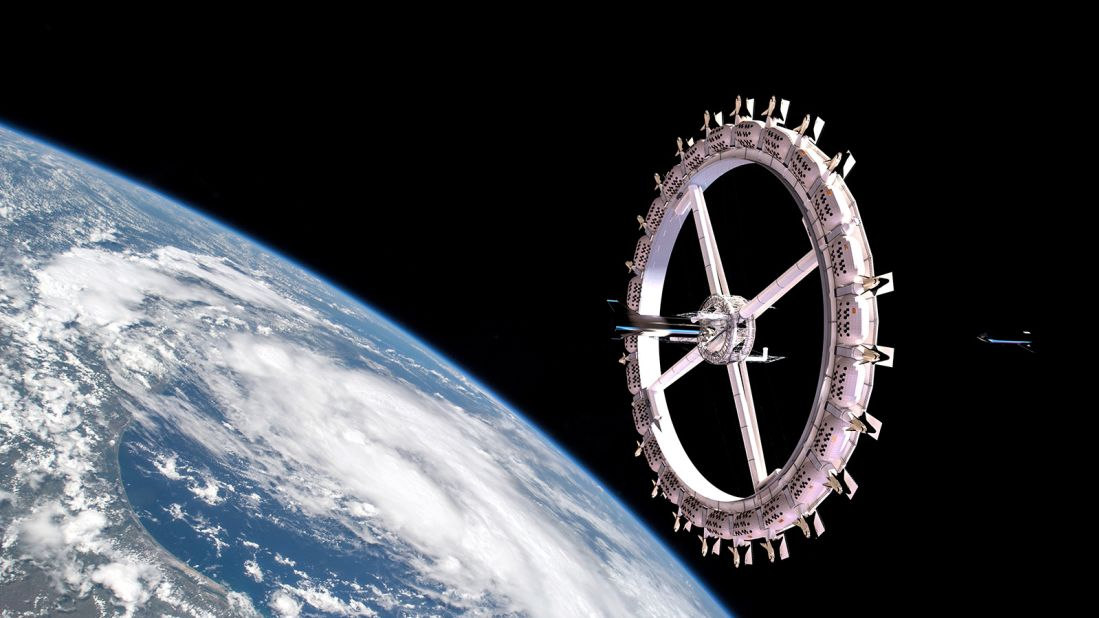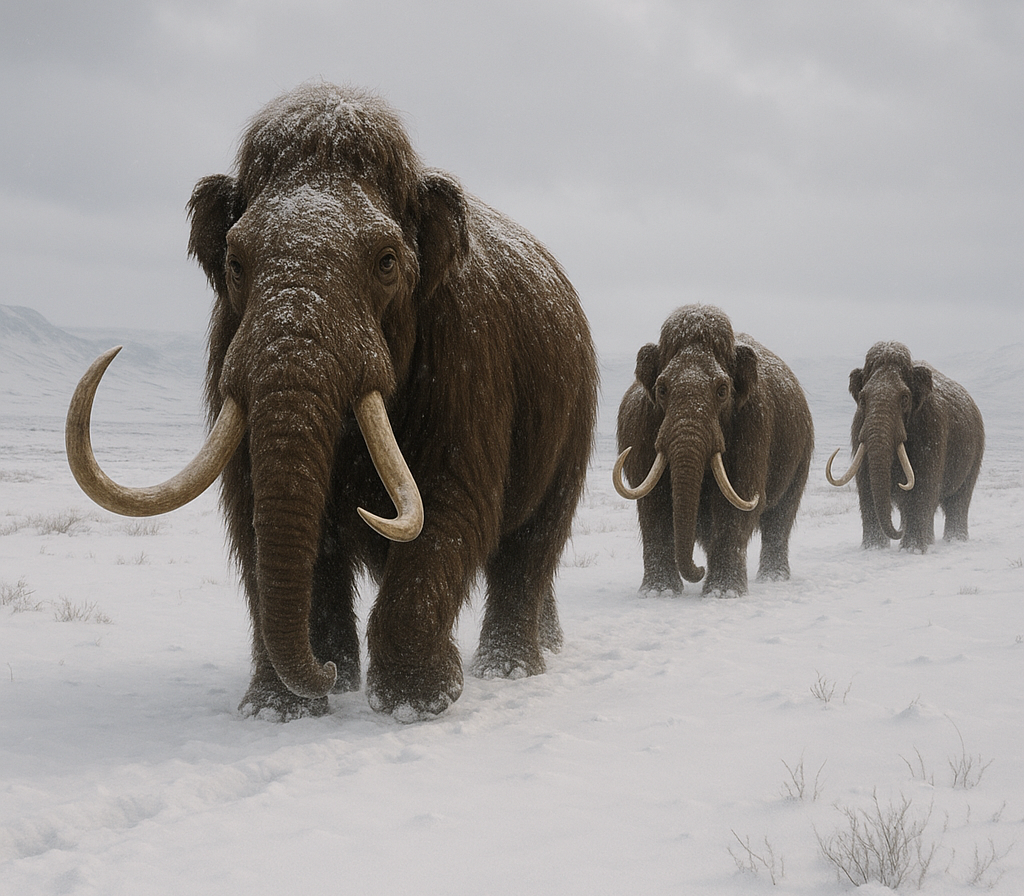Luxury hotels in space could be operational within the next 5 years
Regardless of the price, both Voyager Station and Pioneer Station are engineered to minimize the challenges of adapting to space conditions.

[Dec. 11, 2023: JD Shavit, The Brighter Side of News]
Illustration of Voyager Station. (CREDIT: Above: Space Development)
The concept of spending a vacation in a hotel among the stars might sound like science fiction, but if a visionary space company has its way, it could become a reality within the next five years.
Above: Space Development, previously known as Orbital Assembly, is a pioneering firm specializing in the design and construction of space stations. They boldly claim that with sufficient funding, upwards of $1 billion, they could have luxury accommodation in space ready within "60 months." With not one but two space hotels on the horizon, Voyager Station and the more recently unveiled Pioneer Station, the dream of celestial relaxation may soon be attainable.
Voyager Station and Pioneer Station: Luxurious Getaways Beyond Earth
Space Development's first ambitious venture, Voyager Station, initially intended to host 280 guests, has recently been revised to accommodate 400 individuals. Alongside Voyager, the company introduced Pioneer Station, a more compact space hotel designed for 28 occupants at a time, offering quicker operational readiness.
Rhonda Stevenson, the CEO of Space Development, shed light on potential visits to these space hotels, saying, "We expect the duration to be as little as four days or as long as two weeks. It depends on cost and also the ability to acclimate to a space environment." Regardless of the price, both Voyager Station and Pioneer Station are engineered to minimize the challenges of adapting to space conditions.
Artificial Gravity: The Key to Comfortable Space Living
Understanding how these space stations function involves a simple analogy: imagine water spinning inside an upside-down bucket. When the force of rotation exceeds gravity's pull on the water, the liquid remains inside. Though it may seem like magic, it's grounded in scientific principles.
The artificial gravity within Voyager and Pioneer stations operates similarly. Tim Alatorre, COO and architect at Space Development, compares it to a spinning bucket of water, stating, "The station rotates, pushing the contents of the station out to the perimeter of the station, much in the way that you can spin a bucket of water—the water pushes out into the bucket and stays in place."
Related Stories
Visually, these stations resemble enormous floating wheels. Voyager Station features a central docking hub serving as the operation and control center, with elevators in spoke-like shafts transporting guests and staff to the primary hospitality area encircling the structure.
Alatorre explains, "Artificial gravity functionality informs the overall layout of the station and the engineering of the structural members. As we are generating artificial gravity through rotation, this introduces new structural scenarios that are unique to the space environment."
While simulated gravity is crucial for long-term space habitation, many visitors yearn to experience the weightlessness of space. Space Development has plans to ensure this sensation is not missed. Alatorre notes, "The interiors of Pioneer station, in particular, are designed to function in both zero gravity and partial gravity." These spaces are highly adaptable to cater to the needs of various tenants on the station.
Close-up illustration of Pioneer Station. (CREDIT: Above: Space Development)
Both Voyager and Pioneer stations offer opportunities for zero-gravity experiences. The designs even include plans for recreational activities such as basketball games, where participants can soar higher due to the weightlessness of the environment. Adding to the cosmic experience, the team plans to serve traditional "space food," including freeze-dried ice cream, in the hotel's restaurant.
Beyond Luxury Tourism: Space as a Business Hub
Space Development's ambitions extend beyond luxury hotels in space. They envision creating full-fledged intergalactic business parks. These stations will not only cater to travelers but also serve as hubs for business, manufacturing, and research. In a groundbreaking move, the company partnered with Dream Big World, a lifestyle brand by Juan de Lascurain, aiming to open the first retail store in space. This store is proposed for both the Pioneer and Voyager stations, marking the beginning of several real estate leasing deals. Rhonda Stevenson stated, "the first of many real estate leasing deals we plan to sign as we develop and launch these tourist, industrial, and commercial stations."
Multi-level internal meeting areas within the hotel. (CREDIT: Above: Space Development)
Furthermore, Space Development forged a partnership with NASA in July of this year, granting them access to testing facilities and other valuable resources. In return, the private company will provide NASA with updates and insights into its technology and microgravity initiatives.
Affordability: The Future of Space Tourism
As of now, Space Development has not disclosed the price of a ticket for a stay in their space hotel. However, when compared to other proposed public space missions, it's safe to assume that it will come at a significant cost. For instance, Virgin Galactic plans to launch ordinary passengers into space at a staggering $450,000 per person, per trip.
Internal cabin rendering of Pioneer Station. (CREDIT: Above: Space Development)
Nonetheless, the Voyager and Pioneer Station team has assured the public that as space tourism becomes more commonplace, they aspire to make the experience affordable for a wider range of individuals.
As we look ahead to the next five years, the boundaries of human exploration continue to expand, inviting us to imagine a future where the cosmos becomes the ultimate destination for adventure and relaxation.
Note: Materials provided above by The Brighter Side of News. Content may be edited for style and length.
Like these kind of feel good stories? Get the Brighter Side of News' newsletter.



